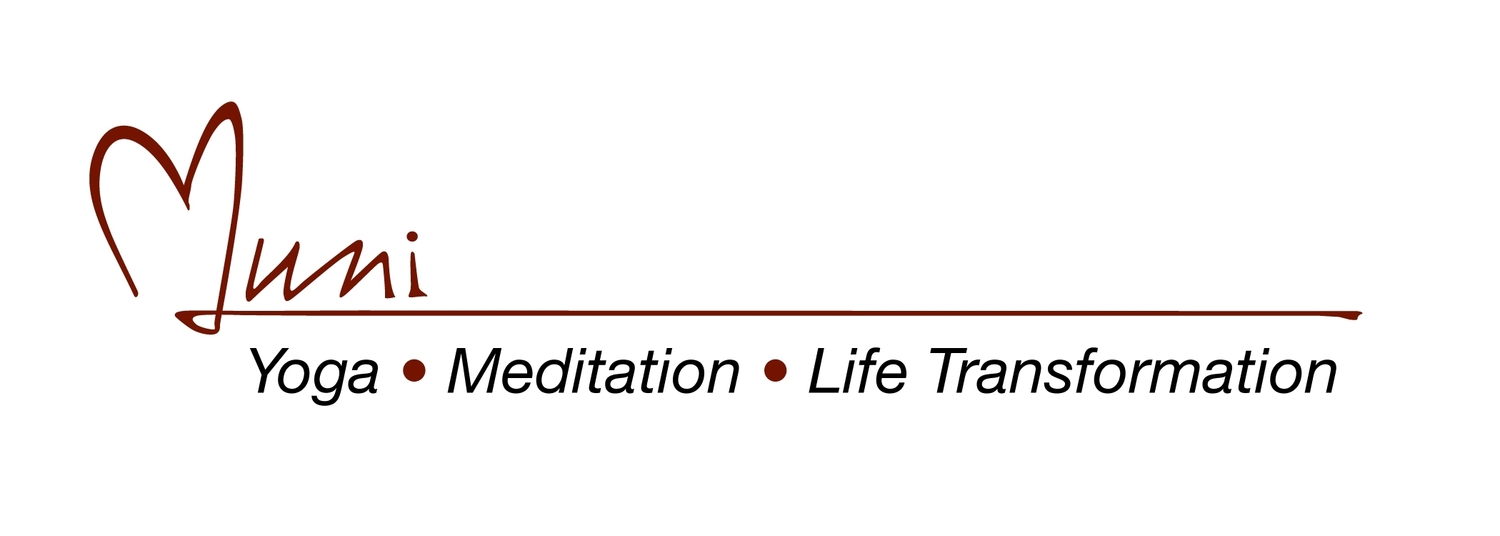Wisdom - Insight Applied in the Fulfillment of Need
/Thought usually moves in one of three ways. It wanders aimlessly,circles repetitively or plods from point to point. Although these three ways of thinking vary greatly, they share one common factor. They are all processes. Intuition is not a process. It is a freestanding occurrence of direct perception.
Before we proceed too deeply into an investigation of thought and intuition as these faculties relate to yoga, it would be helpful to lay out the gist of the Eastern mystical perspective—composed of thought, inspired by intuition—that forms the backbone of most introspective yoga practices. In summary, that gist is this:
Truth is relative and absolute. A relative truth is only real in the world of manifestation—a world that exists relative to and because of its unmanifest source. The relative truth of the manifest world is revealed in experience. Because experience can only occur if there is an experiencer, the unmanifest Self must manifest as awareness to be that experiencer.
Because awareness can only be aware by becoming what it is aware of, it suffers a propensity for getting stuck in its experience. As awareness gets stuck in and thus wrongly identified with its experience, it loses track of its one, true and essential identity as Self.
In a loss of even a sense of its Self, awareness falls prey to fear and desire. Prodded on by fear and lured on by desire, this lost experiencer—now a pilgrim-on-the-run—has no choice but to take on many transient identities as it works its way back toward a conscious reunion with its one true identity after having experienced all the manifest world has to offer, one piece of that all at a time.
From a perspective like this, the manifest world looks like a precariously shifting existence that does not function according to truths that remain fixed. The statement, “you should wear warm clothes,” for instance, would be true during a cold winter but false during a hot summer. Or the statement, “you should do as your father does,” would be true if your father was a kind and wise man but false if he was a psychopathic killer.
Yet, we can also sense from this perspective that there is a one unchanging truth that stands behind the very existence of the ever-shifting world we live in as well as that world’s ever-changing truths. We sense this one unchanging truth as an ultimate essence that cannot be seen, heard, smelled, touched or tasted because it is timeless, spaceless, formless, causeless and thus obviously indefinable. This one-and-only, behind-the-scenes, off-the-grid ultimate truth is what some yogis refer to as the “absolute truth” or the “unchanging truth” to distinguish it from all those many changing truths that are relative and temporary.
For the most part, our most frequent access to this absolute truth occurs indirectly and incompletely as we strive to solve day-to-day problems in the manifest world of relative reality. In these down-to-earth efforts, we perceive gleanings of this truth absolute in bits and pieces, as it gets filtered through into news we can use. If we are good at this down-to-earth accessing of permanent truth in a practical context, we are said to have “common sense.” In this grounded state of clarity, the one and only, unchanging, absolute reality lines up with our personal, ever-shifting and relative needs to reveal pragmatic wisdom on the fly.

